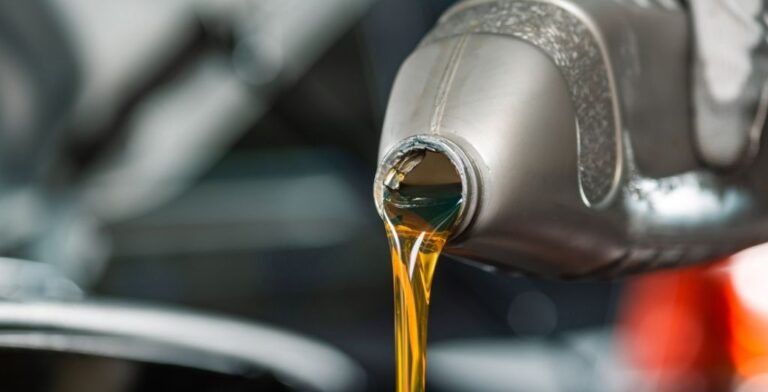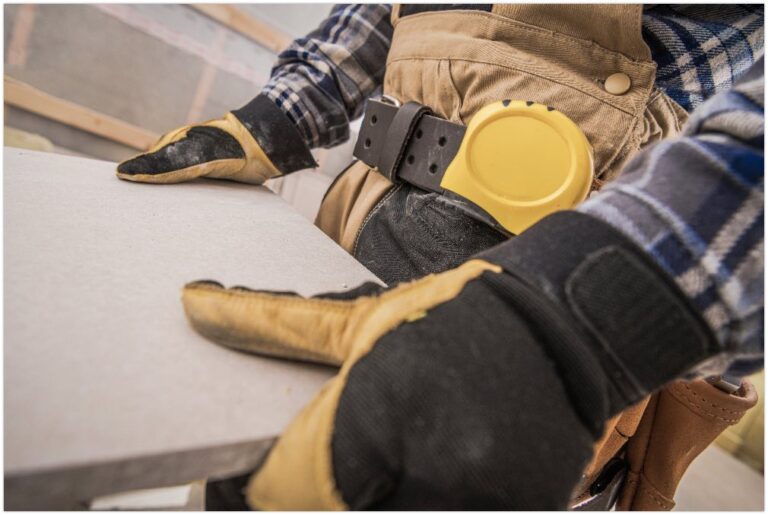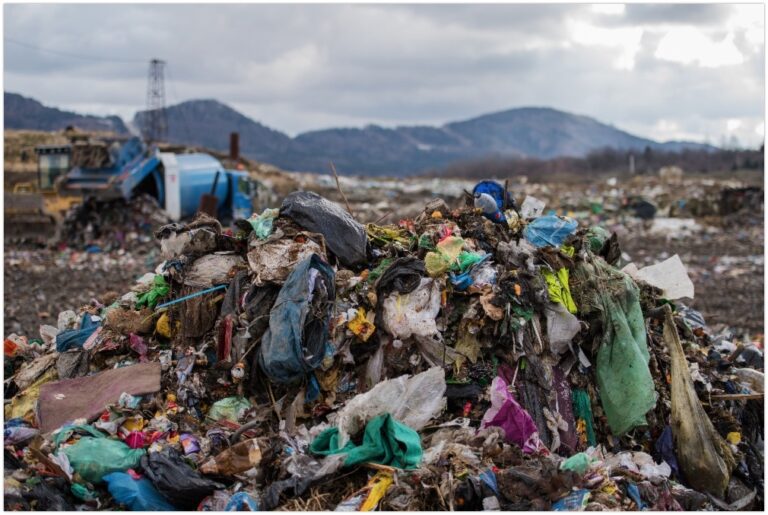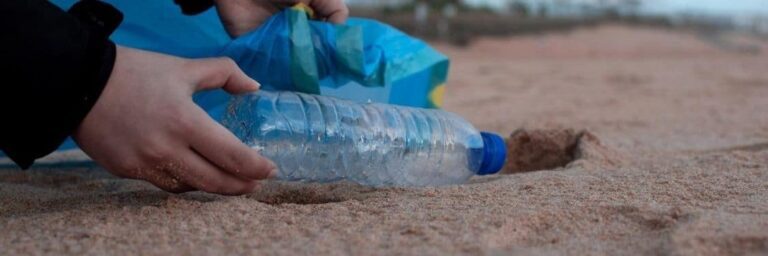Related: Uncovering the Facts: How Much Plastic is Recycled in Australia in 2023
Australia’s National Plastics Plan 2021 will open doors for a more extensive approach to reducing plastic waste in the country.
Following the National Plastics Summit in March 2020, the government developed this large scale plan to address the life-long issues brought by plastic wastes.
Read on to know more about the country’s National Plastic Plan 2021.
Introducing Australia’s National Plastic Plan
Plastic has been around for centuries. It is a revolutionary material that evolves simultaneously with the modern world.
Its features include being highly durable, convenient, cheap, and mouldable. Businesses or industries usually produce such material for packaging food, medicine, and other products.
Since the 1970s, Australia’s plastic use has drastically increased. In the next 20 years, the country’s plastic production could double up, worsening the plastic problem.
The National Waste Report 2020 of Australia’s Department of Agriculture, Water and the Environment showed that the country only recycled 13% out of 3.5 million tons of plastic materials used in 2018 and 2019.
The majority of the plastic waste produced typically ends up in landfills, with a significant portion polluting the oceans and waterways every year. This situation is alarming and a significant concern to both public and environmental safety.
To reduce plastic wastes and have all packaging be recyclable, reusable or compostable by 2025, the government has introduced its National Plastic Plan 2021 to the public.
Dealing with the plastic problem takes a lot of effort and needs multiple interventions on the overall plastic life-cycle. The interventions will include changing plastic designs, mode of usage, handling, and recycling.
No single action can instantly solve the country’s plastic problem. Everyone has to work together, including the national, state, and local governments, businesses, and consumers.
National Plastic Plan 2021 Aims and Actions
People should be aware of how the National Plastic Plan works and its goals. The government has laid five main focus points in addressing plastic problems in Australia. Let’s look further into those.
Addressing Plastics at the Source
The Australian government aims to minimise plastics by intervening in the sources. One simple way to regulate plastic is avoiding problematic and unnecessary use.
Most plastics produced across the country are single-use. That’s why many state and local councils have taken action to ban certain types of single-use plastics.
The industries need to discontinue problematic plastic materials usage on specific products to support the government’s goals. This approach will phase out various plastics, including non-certified compostable packaging, expanded polystyrene in certain uses, and PVC packaging labels.
Taking Responsibility for Our Plastics
Since we all produce waste daily, it’s essential that we also be responsible for its handling and disposal. Australia has taken action for its plastic wastes.
These actions include banning waste export for unsorted mixed plastics and boosting the country’s overall recycling capacity.
Plastics in Our Daily Lives
Proper recycling has been a significant problem for Australian households and consumers. Based on industry reports, most of the wastes found in curbside recycling bins are not disposed of correctly.
The national plastic plan addresses this concern by establishing better consumer recycling information and a consistent curbside recycling collection.
It also covers the national rollout of the Recycle Mate App, which helps consumers identify if the product is recyclable.
Plastics in Oceans and Waterways
A large portion of plastic waste goes to the oceans. It only takes a moment for the rubbish to enter and pollute our environment.
Forecasts show that the amount of plastic waste in the oceans will outweigh the number of fish by 2050. This is a clear danger to our marine life.
The government will take certain measures on the most common littered plastics in the country, including cigarette butt litter and shipping waste reduction.
Other government actions will establish a national plastic pollution database and coordinate global action on marine litter.
Research, Innovation and Data
Getting reliable information will help in good decision-making. The Australian government will create a waste data visualisation platform by investing $20.6 million to get nationally consistent and real-time information.
New recycling technologies will open new possibilities when it comes to boosting the plastic recycling approach. These include developments in recycled plastic waste usage in mobile recycling facilities, construction materials, and chemical recycling.
Conclusion
Plastics last for over 450 years. Almost every piece of such material ever produced still exists today. They seem to be everywhere and won’t disappear.
Once littered, plastics can pollute the oceans and our environment. These problematic materials endanger marine wildlife.
Based on studies, plastics have started entering our food chain, later ending up on our plates. The continuous increase in plastic use has created a significant issue in Australia.
The National Plastics Plan 2021 visions to create a sustainable way of reducing plastic use. With support and cooperation from all parties involved, the country can make a big difference in the long run.







